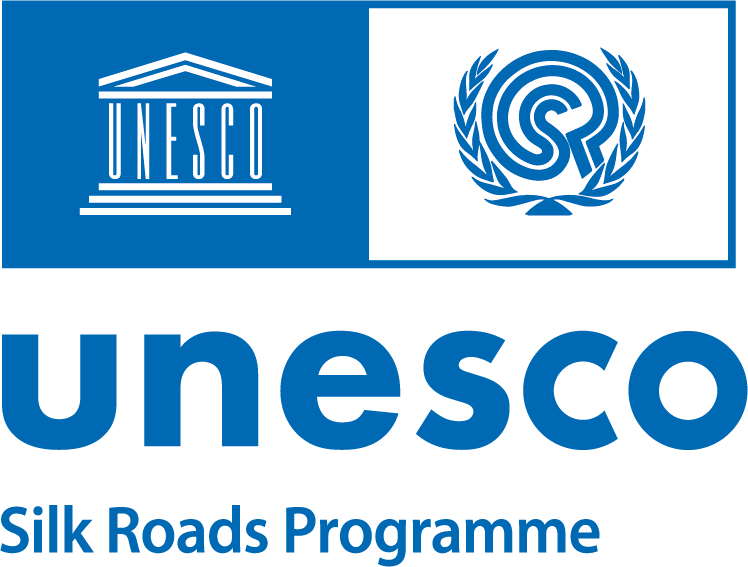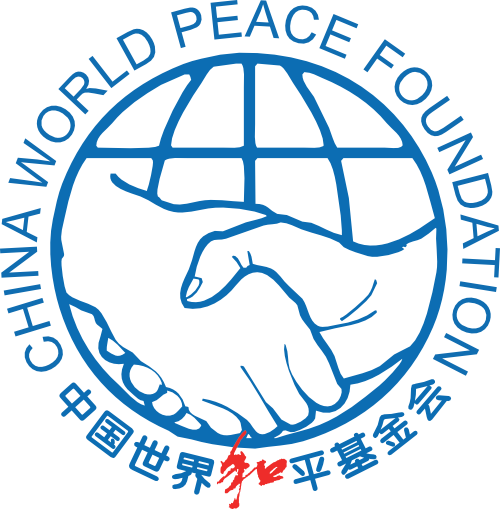Textiles and clothing represent an outstanding legacy of the interactions and exchanges which occurred along the historic Silk Roads. Today they are two of the many concrete elements which have been shaped by cultural interactions and which remain evident in the various traditions and techniques of textile production still used along the Silk Roads. Textiles and clothing reveal the complex mutual influences shared amongst regions connected by the Silk Roads particularly in textile design, production, materials, ritual uses, and in everyday clothing and accessories. Historically the transnational fluidity of textiles, ideas, and design motifs moving along the Silk Roads resulted in the establishing of highly cosmopolitan workshops which produced fabrics and textiles incorporating stylistic elements, materials, and designs, from various regions across the Silk Roads. Furthermore, in the contemporary world textiles and clothing remain strongly associated with and often accompany elements of cultural heritage, such as festivals and celebrations, important moments in an individual’s life, sports, musical performances, traditional forms of theatre and many more.
For the 3rd edition of the Youth Eyes on the Silk Roads photo contest, photographers should aim to capture their understanding of this shared heritage of textiles and clothing and its continued relevance in the contemporary world in shaping art, creativity, social cohesion, dialogue, and reencounters and exchanges. Some example exchanges from the Silk Roads from which photographers may draw inspiration include, but are not limited to:
- The exchanges in the production and usage of the major fibre materials used in textiles including the global reach of silk, the use of sheep’s wool across Eurasia, the use of plants such as flax, hemp, ramie, and jute fibres, as well as the transcontinental spread of cotton.
- The exchanges in textile production techniques including dyes, looms, spinning, weaving and other techniques and technologies.
- The exchanges in patterns, designs, and motifs used to decorate textiles, examples of which include representations of animals and other motifs from the natural world, the spread of pearl roundel patterns from Iranian art, and Hellenistic imagery from Ancient Greece and Rome.
- The many stages involved in textile production including the growing, harvesting, and treating of the materials used to produce threads for textiles including those derived from plants and animals.
- The uses of textiles and clothing in the many festivals, rites, religious occasions celebrated along the Silk Roads today.

